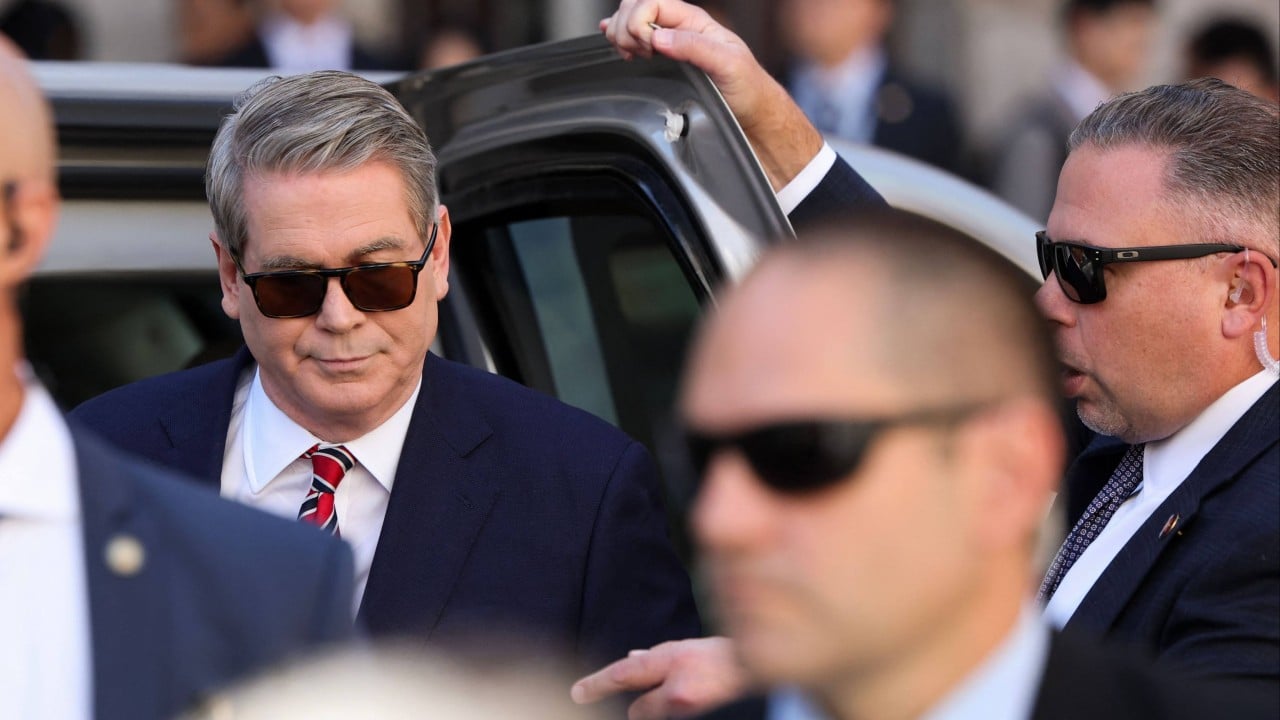After a video call last Saturday, US Treasury Secretary Scott Bessent and Chinese Vice-Premier He Lifeng are expected to meet in Malaysia this week to hopefully ease tensions before US President Donald Trump and President Xi Jinping potentially meet on the sidelines of this year’s Apec summit. The meeting was in doubt when Trump threatened to impose an additional 100 per cent tariff on China, despite later relenting that it might not be sustainable.
Advertisement
Washington blamed Beijing for the escalation, attributing China’s behaviour to its own economic problems. China in turn held the US responsible for the escalation, citing how the US Commerce Department tightened restrictions on affiliated subsidiaries of Chinese companies on the entity list on September 29.
Bessent called China’s coming export controls on rare earths, announced on October 9, a “substantial unprovoked escalation”. The treasury secretary might be one of the smartest people in the Trump administration, but he missed the big picture. China’s latest controls are a response to 10 years of policy, not 10 days of provocations.
To better understand China’s latest move, Bessent must look inward. He could start by reviewing US legislation against China over the past decade or more. To gain a deeper insight, he should learn Chinese history to see how the country’s leaders responded to past adversity and humiliation with strategic patience. China’s restrictions were not authorised in a vacuum. They were the result of rigorous deliberation.
Regardless of whether the 100 per cent tariff threat was a rational response, Trump had at least an intuitive grasp of the situation. Even though the export control measures announced by China are quite complex, Trump understood the gravity of the situation when he saw the share price corrections of Apple and Taiwan Semiconductor Manufacturing Company in the aftermath.
Advertisement
China’s intricate export control framework is not the product of a 10-day scramble after September 29 but rather the result of patient planning. China was waiting for the opportune moment and the US obligingly provided the perfect pretext.

